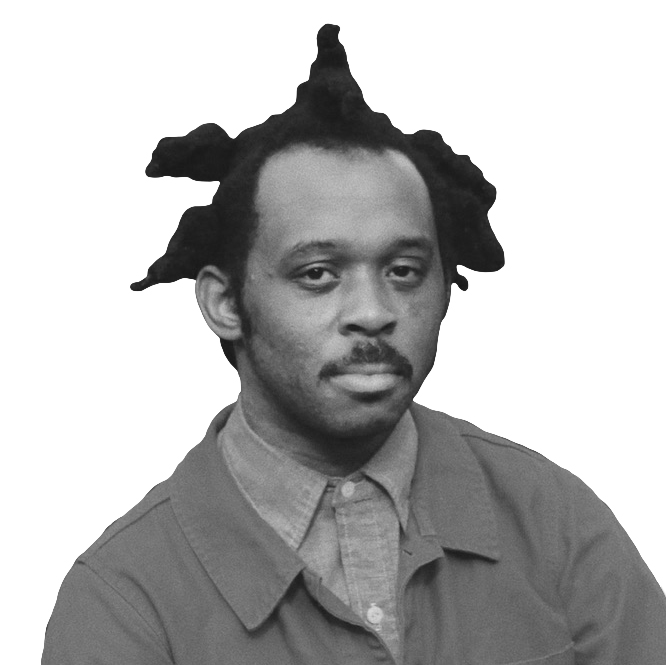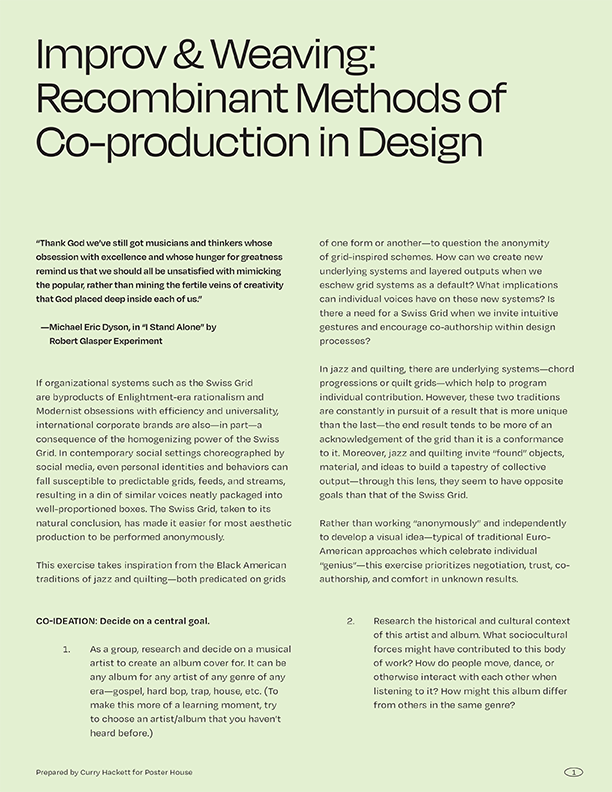Improv & Weaving Recombinant Methods of Co‑production in Design
This assignment by contributor Curry Hackett is a peer-led group “performance” that rejects the myth of the individual genius in the Euro-American tradition. Students are encouraged to work together in an iterative process to create something that represents the plurality of its makers. The assignment starts by considering how source material will influence the design and asks students to call upon influences that speak to them.
“Thank God we’ve still got musicians and thinkers whose obsession with excellence and whose hunger for greatness remind us that we should all be unsatisfied with mimicking the popular, rather than mining the fertile veins of creativity that God placed deep inside of us.”
—Michael Eric Dyson in “I Stand Alone” by the Robert Glasper Experiment
Curry Hackett Wayside Studio, Principle


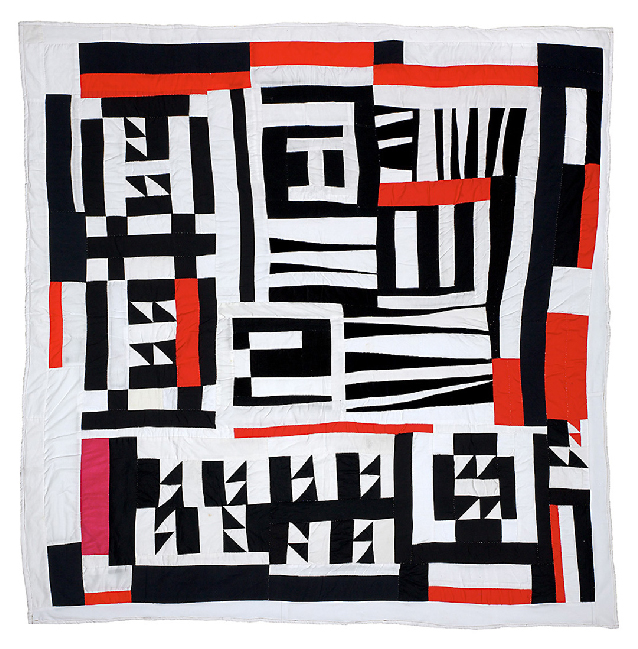
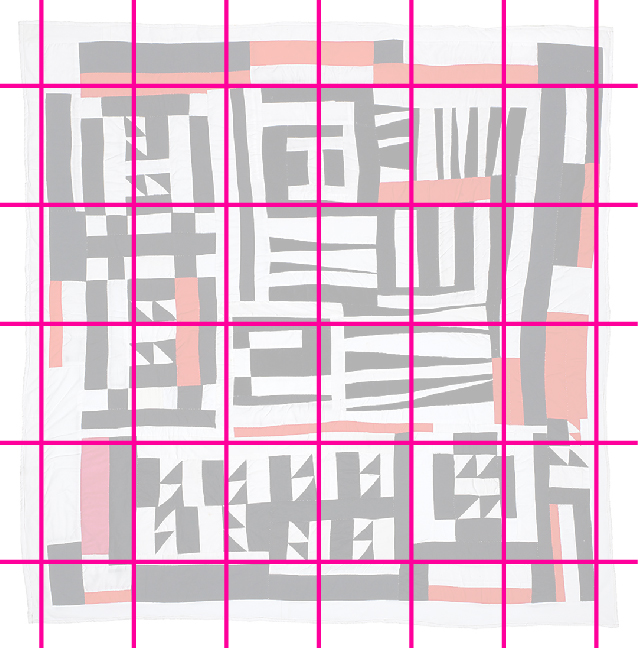
Mary Lee Bendolph, Blocks, Strips, Strings, And Half Squares (2005), cotton, 84″ x 81”
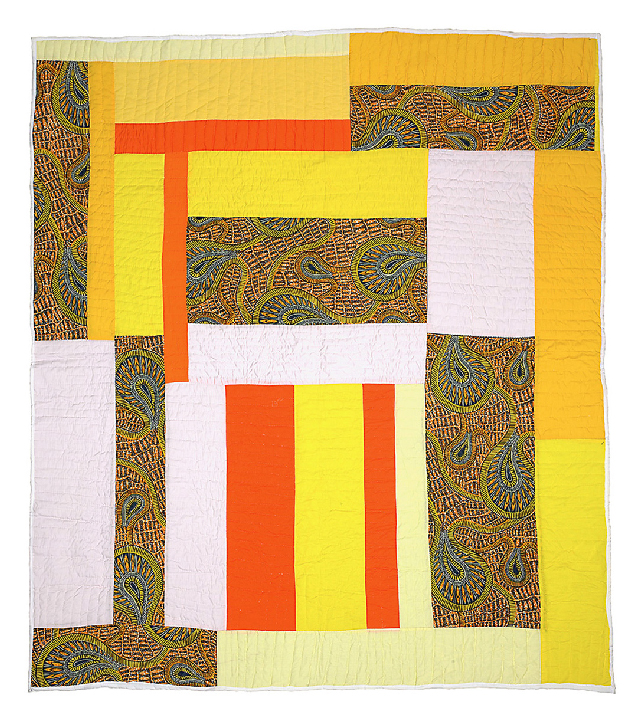
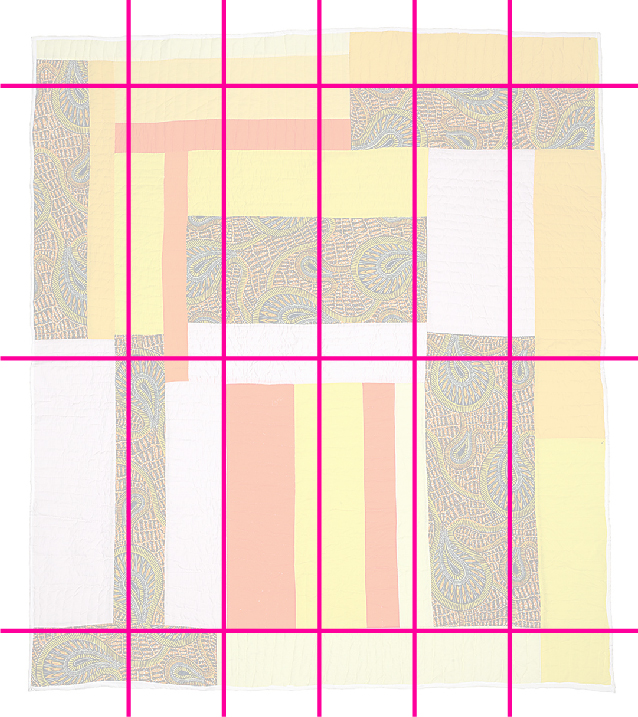
Mary Lee Bendolph, Dashiki (2003), cotton, 97″ x 90″
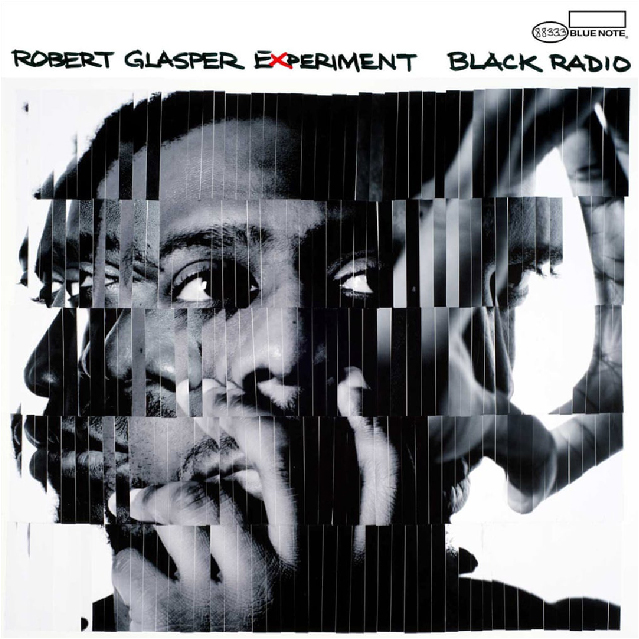
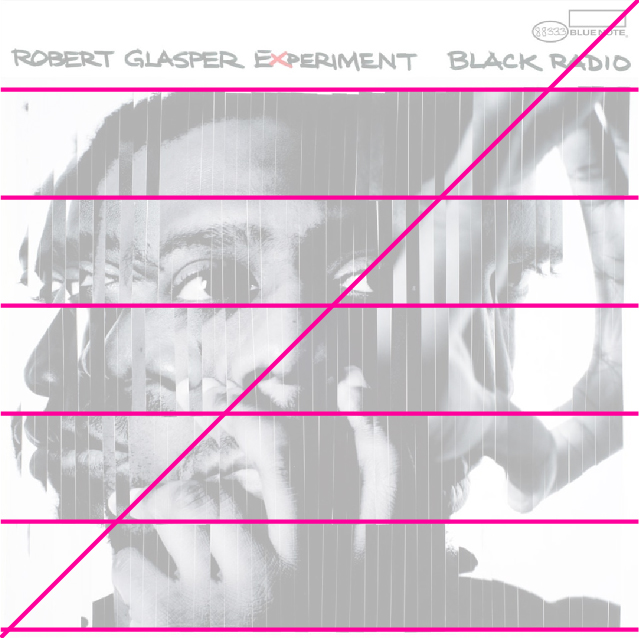
Robert Glasper Experiment, Black Radio (2012), Courtesy of Blue Note
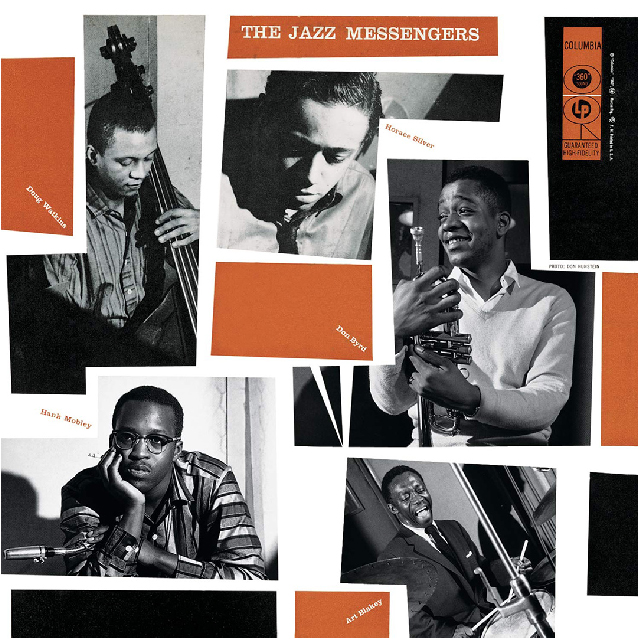
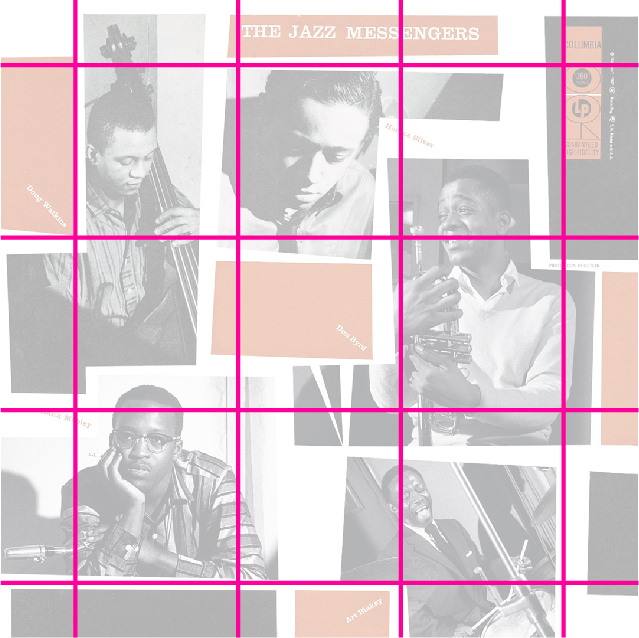
The Jazz Messengers, The Jazz Messengers (1956), Courtesy of Columbia Records
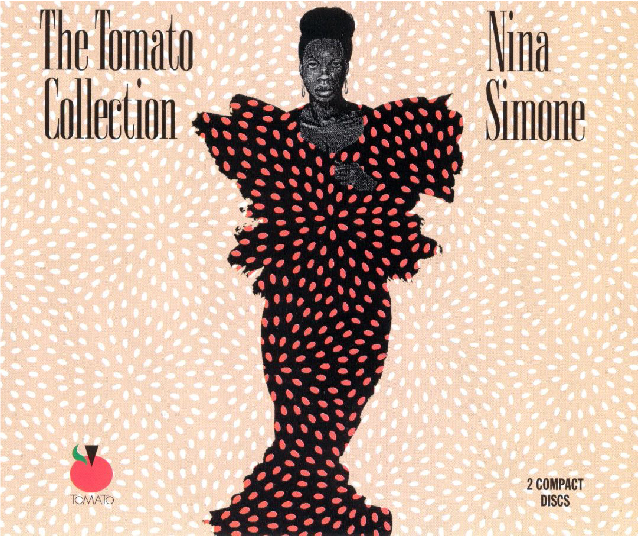
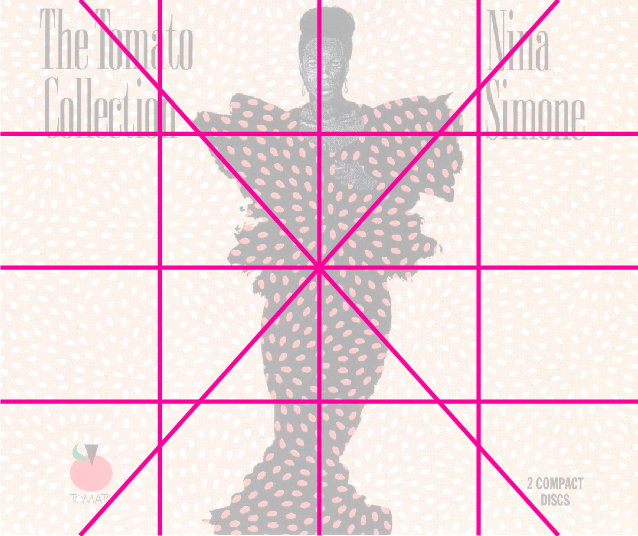
Nina Simone, The Tomato Collection (1994), Courtesy of Tomato
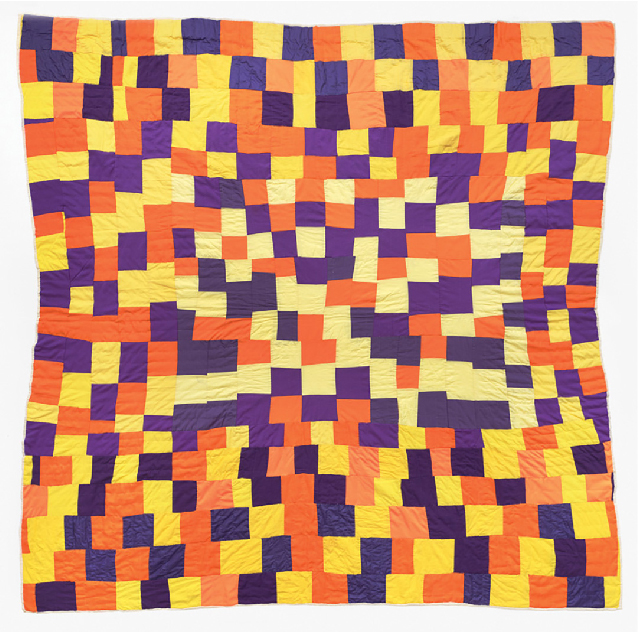
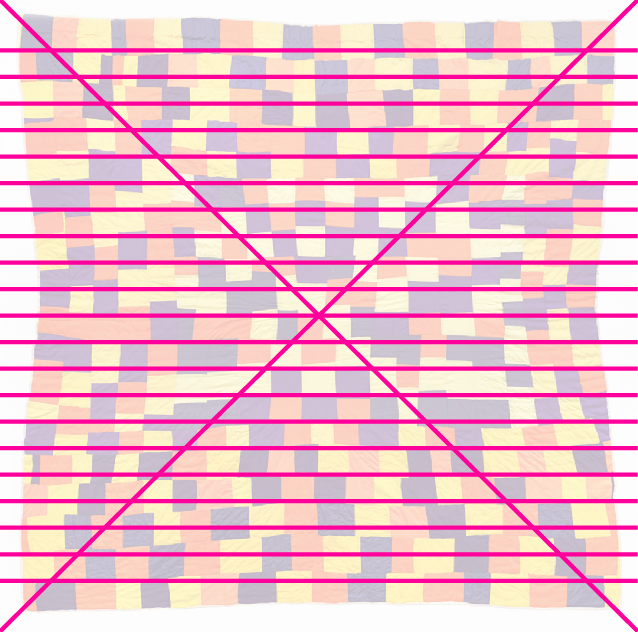
Rosie Lee Tompkins, Fig. 9. Three Sixes (1996), quilted by Irene Bankhead, 96″ x 96″
Assignment
This exercise takes inspiration from the Black American traditions of jazz and quilting—both predicated on grids of one form or another—to question the anonymity of grid-inspired schemes.
How can we create new underlying systems and layered outputs when we eschew grid systems as a default? What implications can individual voices have on these new systems? Is there a need for a Swiss Grid when we invite intuitive gestures and encourage co-authorship within design processes?
CO-IDEATION: Decide on a central goal.
- As a group, research and decide on a musical artist to create an album cover for.
- Research the historical and cultural context of this artist and album. What sociocultural forces might have contributed to this body of work? How do people move, dance, or otherwise interact with each other when listening to it? How might this album differ from others in the same genre?
CO-CONTRIBUTION: Invite individual efforts and ideas.
- Each group member will contribute 1–3 images that remind you of the music, or its sociocultural context, of that album. These images can be paintings, stills from films or music videos, memes, photographs, etc.
- Draw lines and shaded areas across your image(s) that denote underlying geometries, hierarchies, emphases, or other relationships. These lines may be straight, curved, wavy, dashed, etc. Shaded areas may be solid, patterned, etc.
CO-PLANNING: Superimpose each other’s schemes to create a collective, underlying framework.
- Using different layers in digital illustration software (or with translucent tracing paper if performing manually), stack the diagrams on top of each other.
- As a group, develop a new, collective “supergrid” which incorporates lines and shaded areas of the stacked diagrams. Are there areas that line up? How can you can reconcile or embrace areas that don’t correspond so neatly? The resultant diagram will likely be a complex, patchwork of “non-grids”.
CO-PRODUCTION: Deconstruct and borrow from each other’s ideas to create a co-authored, improvised composition.
- As a group, take turns cutting up each other’s imagery and positioning the pieces to create a collage which responds to the “supergrid”. If working digitally feel free to scale, skew, or manipulate the colors of the images to introduce new textures, proportions, and patterns.
- The resultant collage will serve as the background of the album cover. Arrange the composition on a 12″ × 12″ square (the same size as a vinyl record cover).
- Almost done! Listen to the music you designed for—does your collage feel inspired by it? Feel free to make additional adjustments as necessary. Lastly, Add an album title and/or artist name to contextualize the piece.
Reflect
- Were there any steps in this process that made you uncomfortable or feel awkward? Were those moments during the individual or collaborative portions of this exercise?
- What did you learn about the artist or genre, and how did those findings inspire your contribution(s) to the overall work?
- What did you learn from your fellow groupmates’ contributions? Was there anything in particular that inspired your contribution(s) to the overall work?
- How might this style of working be incorporated into other projects of yours—especially those that are intended for diverse, public audiences?
Select submissions will be posted on the website to highlight student work. Please Note: Submissions received before December will be reviewed and posted by February 1st. Submissions received between January and May will be reviewed and posted in June. Entries are accepted from all countries.
Alt Text Requirement
Alt-text is a written description of an image that allows those with low vision or blindness to experience the piece. How would you describe your design?
Submission Specs
Trim Size: 12″ x 12″
File Format: .jpg, .png
Color Mode: RGB
Resolution: 72 dpi/ppi
Max File Size: 4MB
